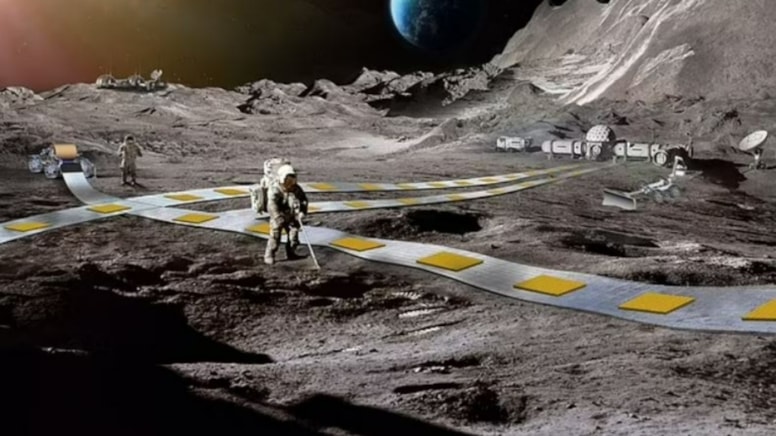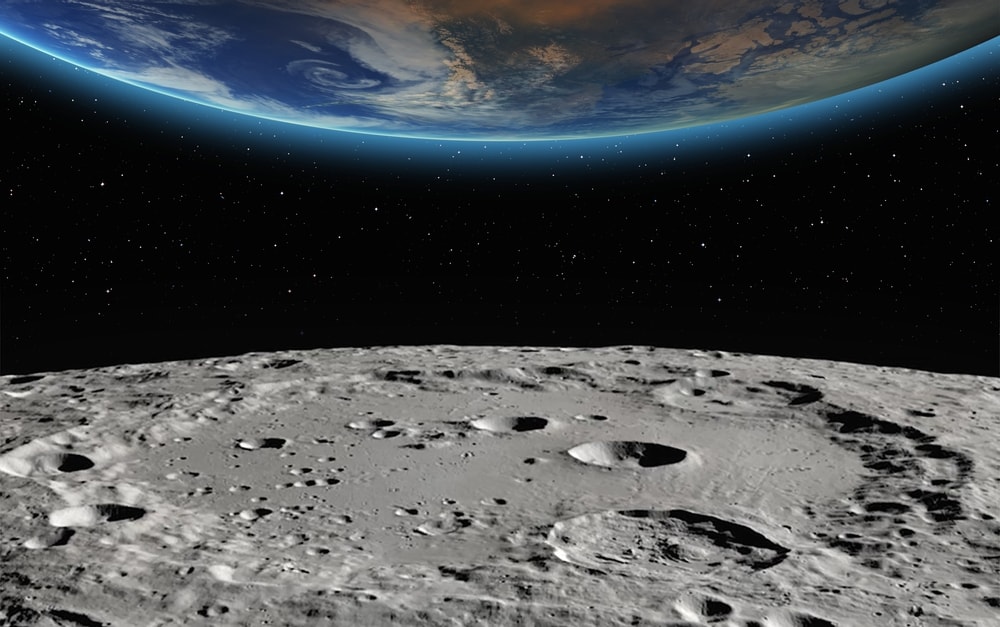NASA's train plan for the Moon is finalized
If the idea of riding a train on the Moon sounds like something straight out of the pages of a science fiction novel, you're not alone. NASA, the US space agency, has announced its first floating lunar railroad project.

A project to build a train to the Moon is one of six “science fiction-like concepts” receiving funding from NASA's Innovative Advanced Concepts Program.
NASA's FLOAT (Flexible Levitation on a Track) project plans to use magnetic robots to move up to 100 tons of material across the lunar surface each day.
According to the team behind the Scalextric-like project, this will enable reliable and autonomous transportation of resources extracted from the Moon during construction.
“A robust, long-lasting robotic transportation system will be critical to the daily operations of a sustainable lunar base in the 2030s,” said project leader Dr. Ethan Schaler, a robotics engineer at NASA's Jet Propulsion Laboratory.
“We want to build the first railway system on the Moon that will provide reliable, autonomous and efficient freight transportation. Unlike rail on Earth, this transportation network will not use the fixed rails you may be familiar with.”
The team proposes to create flexible roads that can be “deployed” directly on the lunar surface. These are designed to shorten construction time, because if the lunar base changes, these tracks can be easily picked up and moved to another location.
The movement would be carried out by a series of “unpowered magnetic robots” that would rise above the surface of the track.
The rail itself will then generate electromagnetic thrust to propel the robots to their destination. This is the same principle behind magnetic rail trains on Earth, which use powerful electromagnetic fields to propel unpowered rail cars along the tracks. Similar to the floating Scalextric track, the rails, rather than the vehicle itself, provide the power.
Dr. Schaler claims that each robot will be able to carry payloads of various shapes and sizes at a speed of about 1.61 km/h.
Unlike robots with wheels or legs, these floating vehicles will prevent tracks from wearing out in the dusty lunar environment.
While the idea of lunar bases may seem remote for now, the reality of living on the Moon is becoming an increasingly pressing concern.
As part of the Artemis missions, NASA will explore and land near the moon's south pole, which is believed to hold ice in its craters. Jim Free, NASA's associate administrator for exploration systems development, recently told reporters that the space agency will build multiple base camps as part of the Artemis landings.






























































